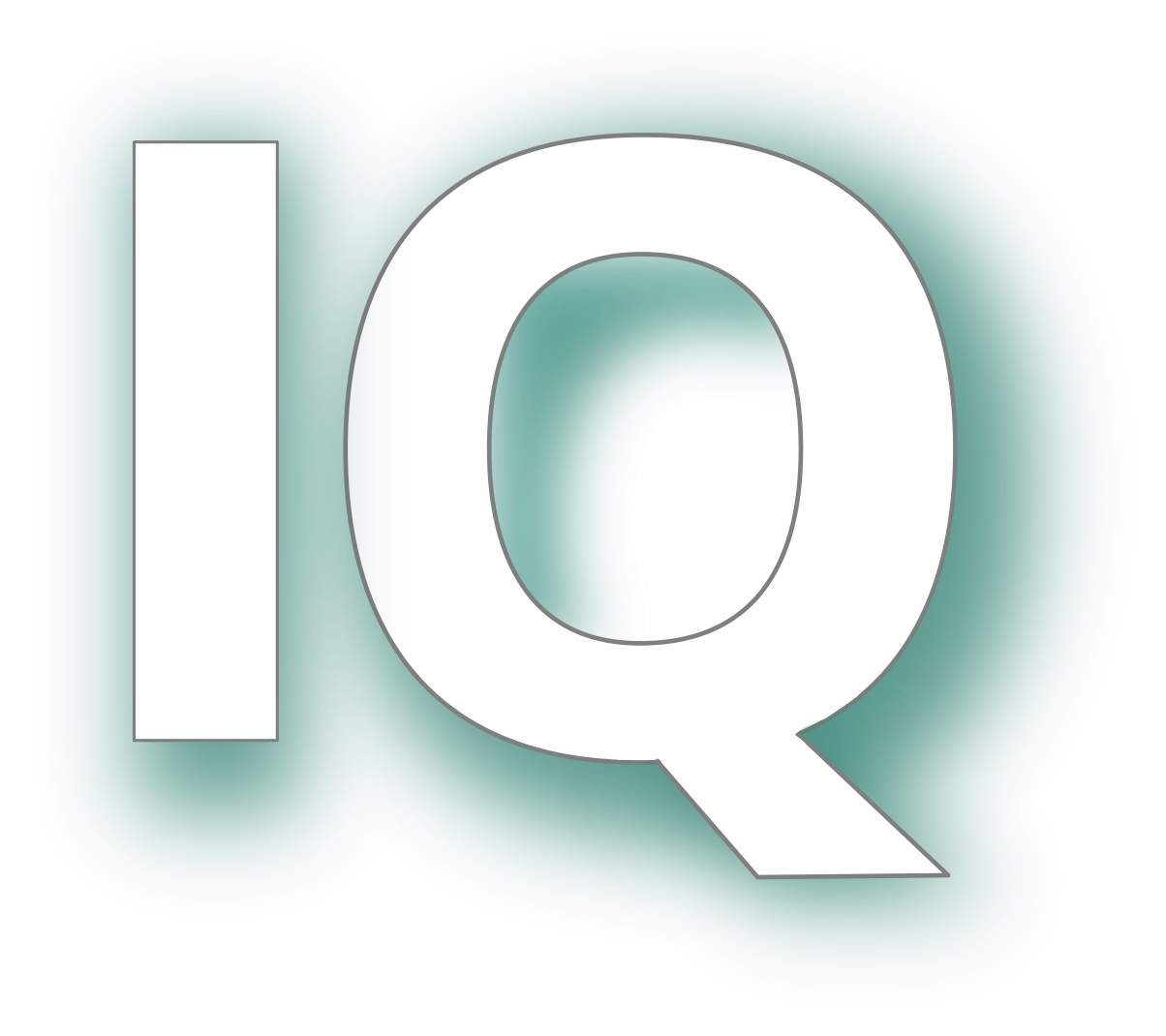Nanothermometry utilises thermally induced emission intensity changes in nanocrystals to measure temperature. Because this method is contactless, it is attractive for applications in biomedicine or high-performance electronics, for example. In such applications, high spatial resolutions are of high importance. To tackle this problem, we combined nanothermometry with the Stimulated Emission Depletion (STED) microscopy approach. In STED, an optical medium is first excited with a diffraction-limited laser beam in the fundamental (Gaussian) mode. Subsequently, part of the excitation is removed with a doughnut mode. Consequently, the detected spontaneous emission comes from a volume smaller than the diffraction limit.
We were able to show numerically that combining nanothermometry with STED microscopy indeed allows to sense temperature contactless below the diffraction limit. The resulting high spatial resolution could be used to optimise or monitor microelectronics or to increase the resolution in thermal in-vivo imaging.
The results were published in Optics Letters 46, 3352-3355 (2021) (DOI: https://doi.org/10.1364/OL.423626).
The work for this publication was realised in the Laser Components and Fibres group.





